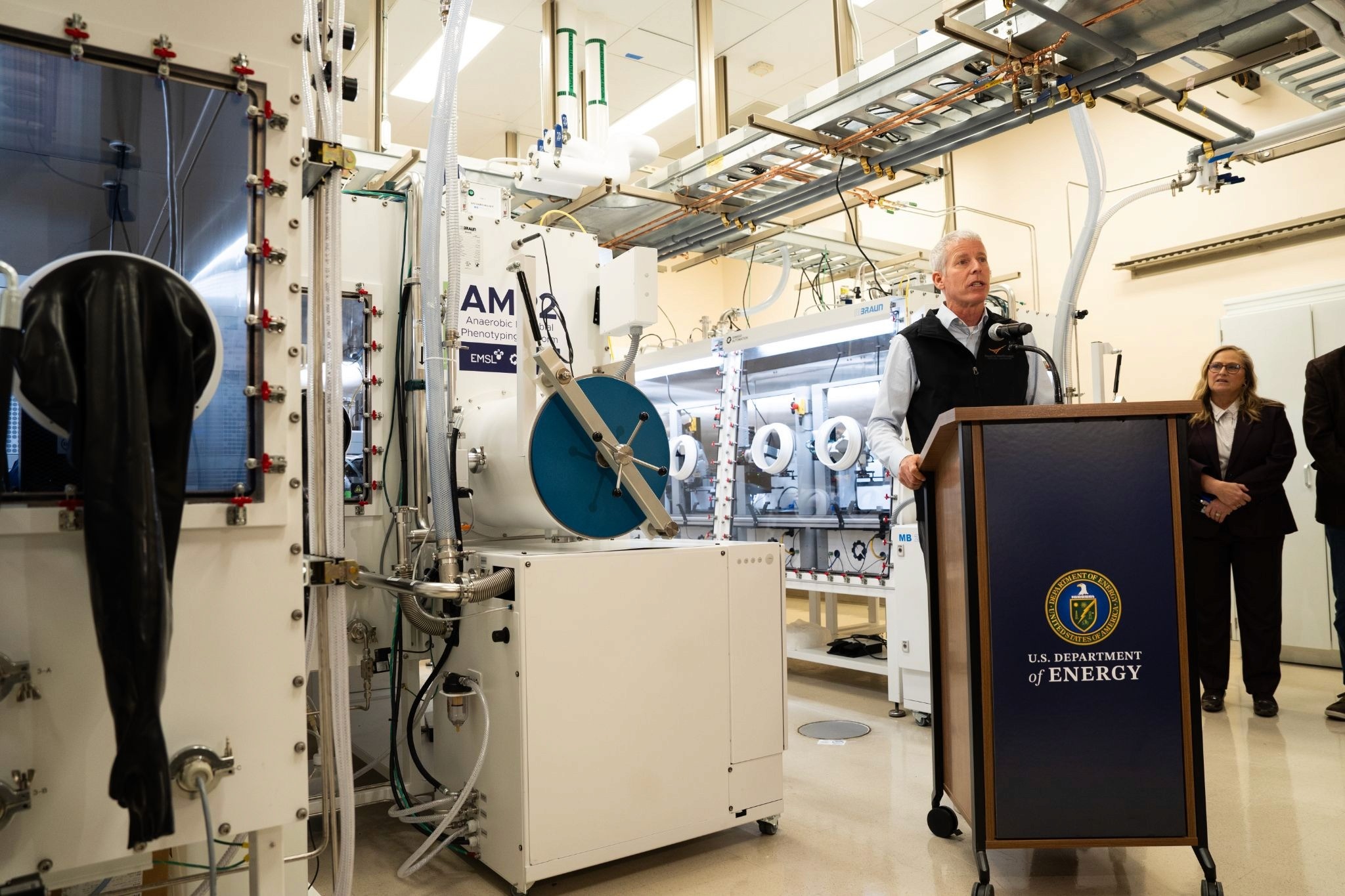Meet CRISPR’s new small molecule inhibitor
May 15, 2019
CRISPR-based genome editing has caused a sensation in the synthetic biology community. Literally every week we read a new breakthrough for creative ways of using CRISPR/Cas9 for a multitude of applications. Besides the “typical” gene editing, gene silencing, and precision engineering in “difficult” organisms, there are applications such as labeling chromosomal loci with fluorescent proteins, recording cellular events in DNA, and a clinical trial for CRISPR-based cancer therapy set to start soon.There is, however, an aspect of CRISPR nucleases that is a bit neglected: how can we disrupt their activity? Protein inhibitors are common and, given the large amount of small molecules deposited in compound libraries, it should be a straightforward task to identify the ones that reduce or totally disrupt CRISPR/Cas9 activity. It turns out that CRISPR nucleases are unique in that aspect too, and the identification of inhibitors is challenging. Luckily, a research team from BROAD institute of MIT and Harvard just reported the identification of small molecules that can act on CRISPR /Cas9 from Streptococcus pyogenes.
The problem

Streptococcus pyogenes Cas9 in complex with guide RNA (orange) and target DNA (red). Image by K Vavitsas (PDB:4OO8)There are several applications that could benefit from CRISPR inhibitors. As CRISPR/Cas9 has off-target effects, limiting the activity time window can increase its precision. In particular for germline editing applications, modulated editing can decrease mosaicism – organisms consisting of cells with different genotypes, caused by off-target mutations. In cell-free CRISPR applications, the ability to switch CRISPR on and off offers design flexibility. In medical applications, controlled inhibition can reduce CRISPR-associated cellular toxicity by activating the protein only when it is needed.The complex of CRISPR/Cas9 with the guide RNA (gRNA) and the DNA molecule is very challenging to work with. CRISPR binds DNA with picomolar affinity. CRISPR binds as a dimer and the complex is bulky. It has some unique protein folds, and to inhibit it requires the inactivation of both proteins of the dimer.
The line of approach

CRISPR Cas9 system. Source: Wikipedia.Basudeb Maji and his collaborators focused on inhibiting the interaction of Cas9 with the Protospacer adjacent motif (PAM). While there several potential targets within Cas9, the interaction with PAM has been shown to be critical for function. To study the interaction (and how a small molecule may hinder it) they developed a fluorescence polarization assay: they generated a DNA molecule that incorporates a fluorophore in the PAM sequence; the binding of this DNA to the Cas9 will decrease the tumbling rate of the DNA, resulting in measurable changes in the polarized light the fluorophore emits.The Cas9-DNA complex does not naturally sustain a strong interaction, so the researchers generated a DNA molecule with tandem repeats of the binding site. This resulted in a complex that behaves in a dose-dependent manner and is suitable to study ligand interactions. To add a layer of redundancy, the researchers developed three separate fluorescence cell-based assays, where the activity of the Cas9 nuclease disrupts, inhibits the transcription, or activates a fluorescent protein gene.The Broad scientists screened several thousand small molecules derived from commercial and natural compound libraries. The screening resulted in two compounds (BRD7087 and BRD5779) that bind to Cas9 and reduce the activity in all assays. Using the chemical structure of these two molecules as a guide, the researchers studied the structure interaction and tested similar molecules. The top performer, compound BRD0539, displayed the following interesting characteristics: cell permeability, no cell toxicity, dose-dependent response, and reversible action.
Why is this work important?
While there are proteins that inhibit CRISPR, these are bulky molecules that cannot permeate cell membranes and display poor stability. A library of characterized small molecule inhibitors overcomes these limitations and provides ways to easily moderate or disrupt CRISPR/Cas9 activity.Moreover, the high-throughput system developed can be used for testing other molecules from different compound libraries, and on other CRISPR variants (such as CRISPR/Cpf1). The CRISPR-DNA complex is difficult to work with, and the technical challenges solutions provided by the Broad Institute team can be a stepping stone for further research.Perhaps more importantly, small molecules that target specific loci and alter CRISPR characteristics can be invaluable tools to better understand and engineer CRISPR itself. One such example is the contribution of antibiotics to ribosome research. Small molecules – a.k.a., antibiotics – target specific steps of translation and routinely pause the process, determine the exact molecular mechanisms and the kinetics of protein synthesis, and even help determine the causes of ribosomal diseases in humans and antibiotic resistance in microbes. Small molecule inhibitors can eventually have a similar effect in CRISPR research, and might come in handy for generating more robust or specialized CRISPR nucleases.CRISPR is here to stay, a precise molecular scissor that opens up genomic manipulation possibilities that would otherwise be impossible. The truth is, this tool is not yet as well-characterized and easy to work with as we would like. This work by Maji and his collaborators shows that we can work around some of the challenges associated with CRISPR, and will probably facilitate the development of more and more creative applications.

















